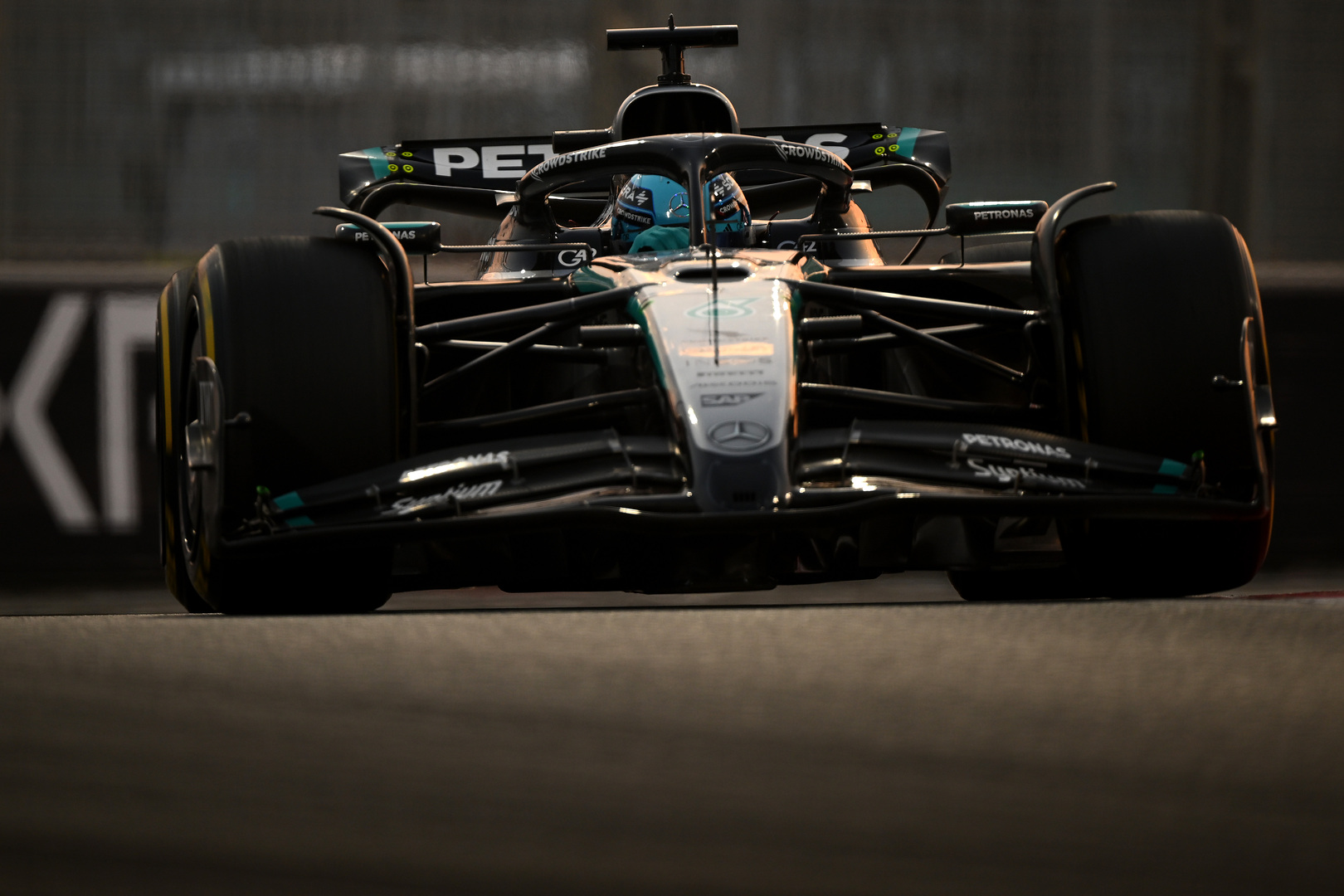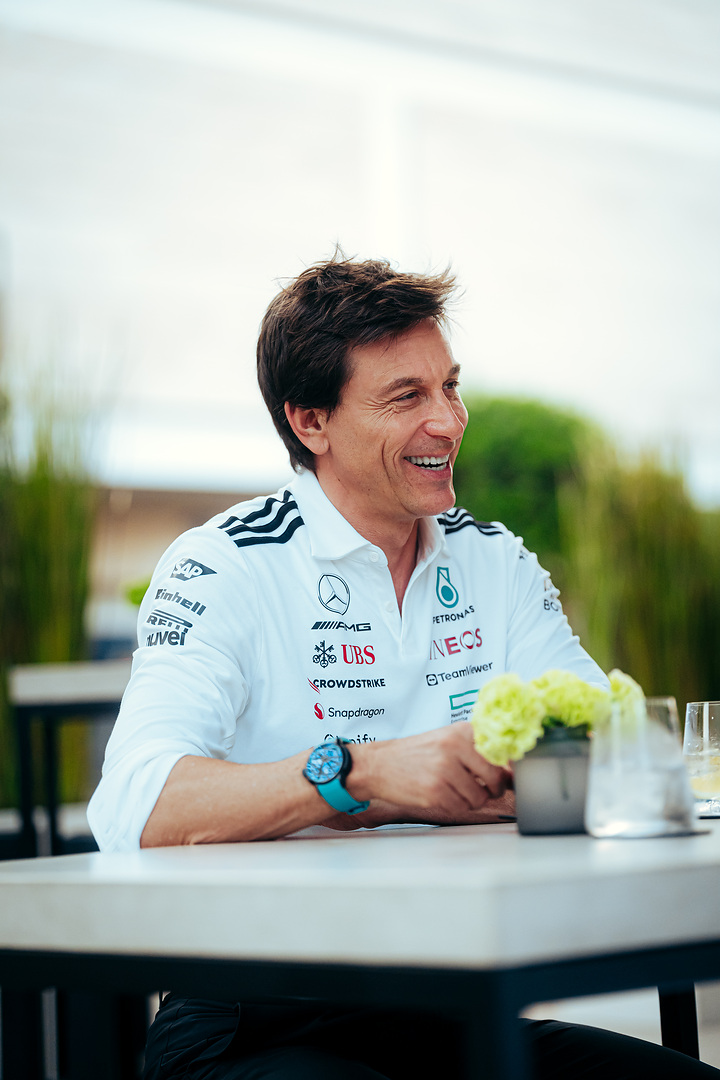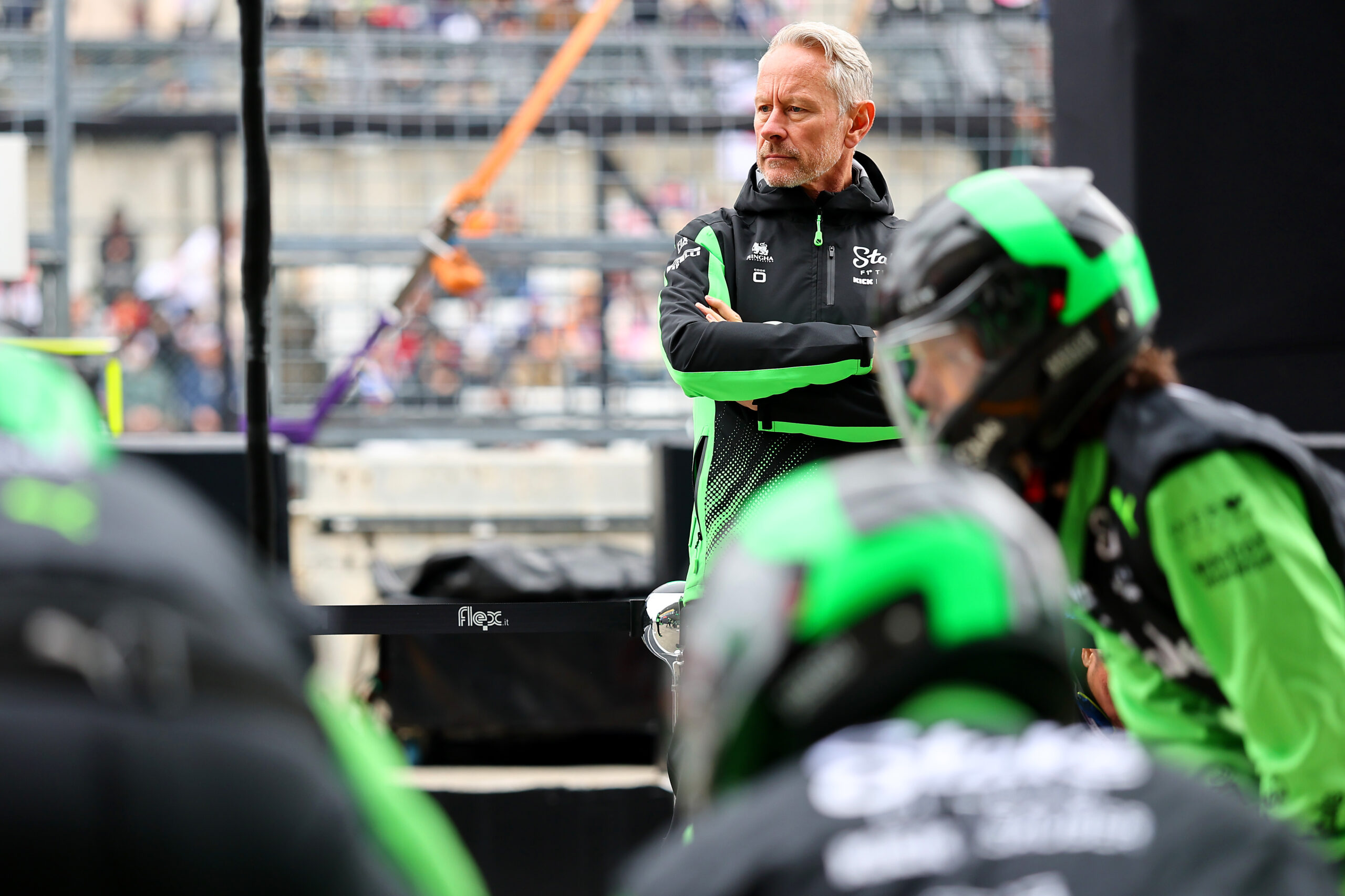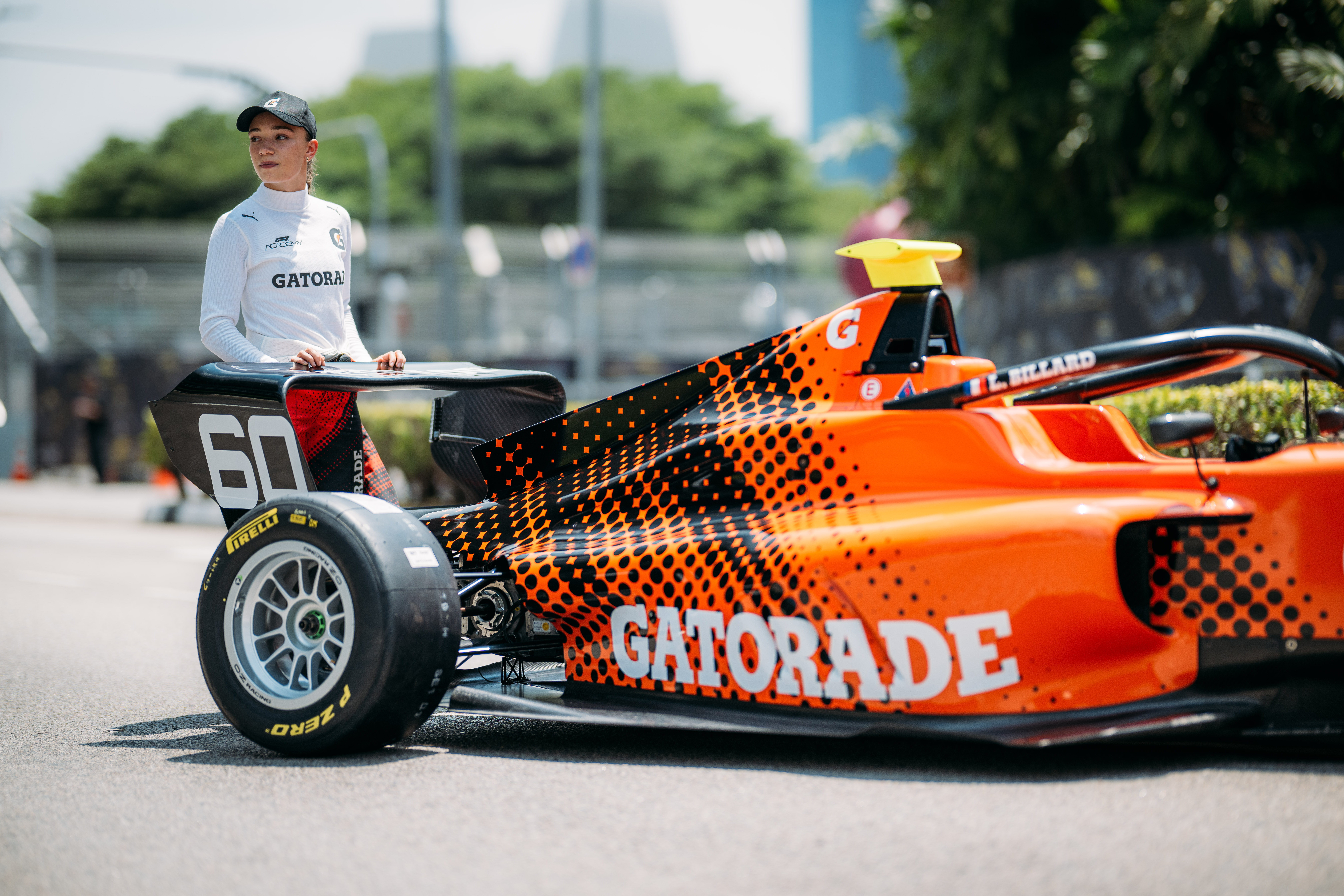On Thursday of the Azerbaijan GP it was possible to see the aerodynamic solutions adopted by the teams for the Baku GP. Solutions which, in general, aim to maximise aerodynamic efficiency to find top speed.
After the long break of almost a month following the last Australian GP, Formula One is getting ready to get back on track to dispute the Azerbaijan Grand Prix on the fast street circuit of Baku. A track which, unlike those where the first three rounds of the championship took place, represents an important challenge for the teams due to the peculiar layout of the track.
In fact, the circuit that stands on the shores of the Caspian Sea forces the teams to adopt low downforce aerodynamic configurations, with the aim of seeking maximum top speed on the long straights of Baku (first of all the finish line, with a length of about 2 kilometres), maximising efficiency and perhaps sacrificing driveability in the twisty section of the old city.
Configurations of the cars which, with access to the pit lane for the media, have been observed and, as mentioned at the beginning, have appeared (at least for most of the teams) all devoted to the utmost pursuit of aerodynamic efficiency.
What is most striking are the rear wings brought to the track by Alpine (historically always very low-loaded, and consequently fast, on the Azerbaijani track), Alpha Tauri and Alfa Romeo: cars equipped with wings with a practically flat main plain and mobile profile with an extremely reduced. In addition to those just mentioned, the wing brought by Haas is extreme, with a “trimmed” mobile profile of the trailing edge to reduce the drag of the car as much as possible (problem of the VF-23).
Not-so-extreme solutions appear to be those adopted by Mercedes (which proposes the wing already adopted in Jeddah with very small dimensions but with a different shape of the trailing edge) and Ferrari which, in fact, abandons the spoon solution (arrived in Jeddah) in favor of a flat aileron and, again, with a double support pylon. In short, the same wing of the tests and the Bahrain GP. Even Red Bull, strong in a very efficient single-seater and capable of generating downforce from the car body, has decided (at least for now) not to go too far in unloading the wings.
On the other hand, unusual, even if probably still provisional (since, are the solutions adopted by Williams, Mclaren and Aston Martin, i.e. “spoon” wings, with chords of not negligible dimensions.

Photo credit: Scuderia Ferrari




